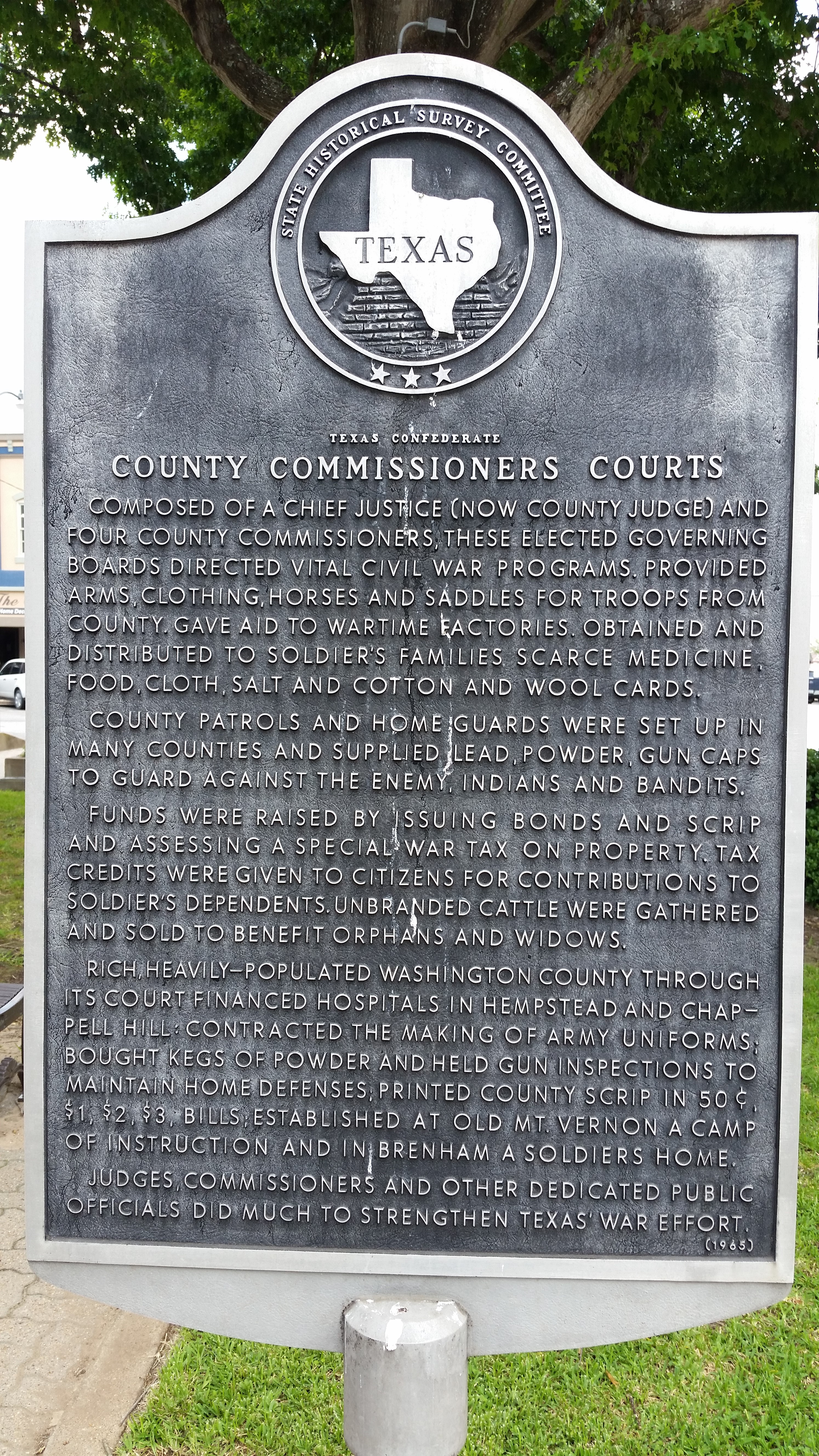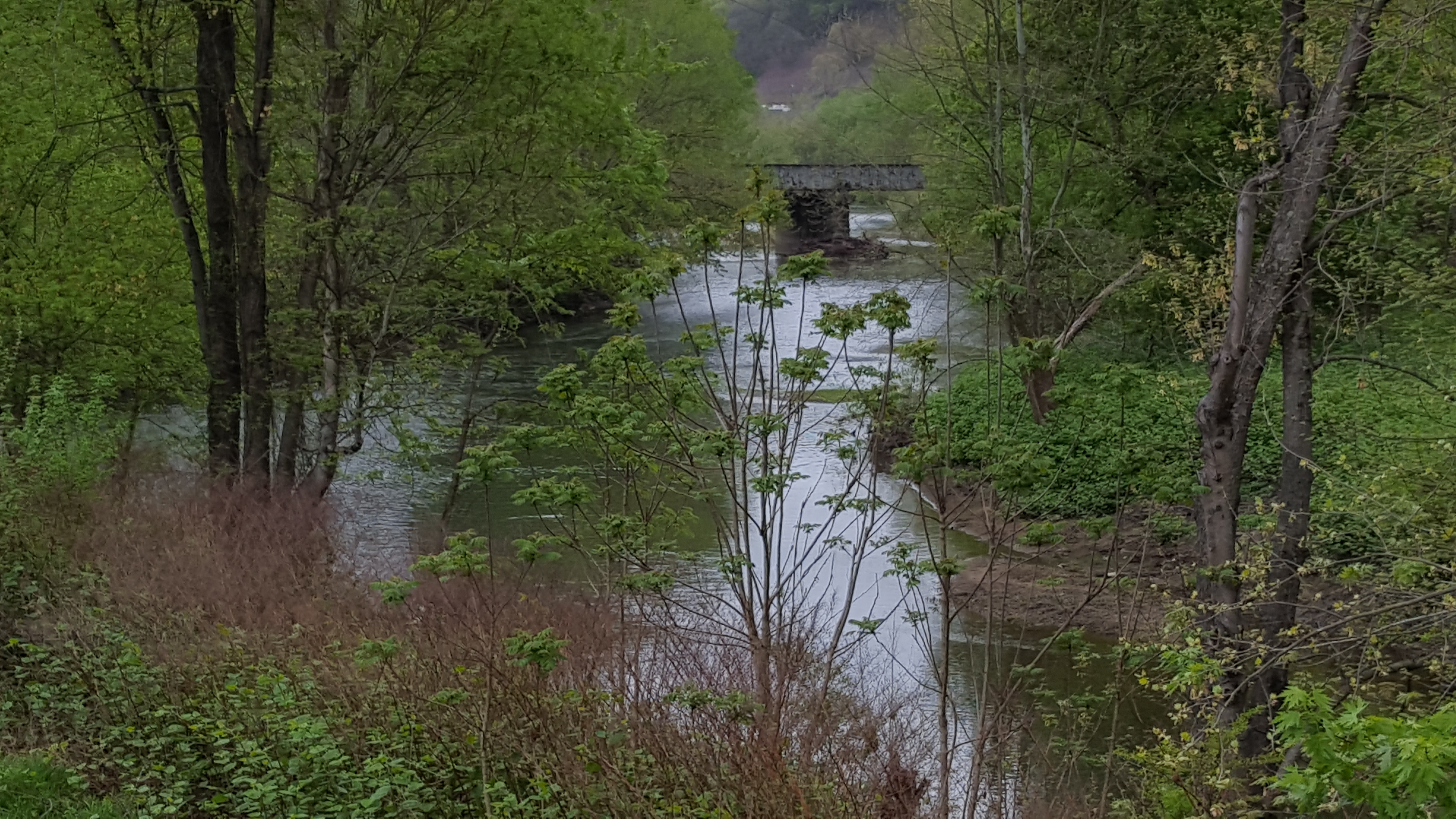|
Scott County, Tennessee
Scott County is a county located in the U.S. state of Tennessee. Its county seat is Huntsville. Scott County is known for having seceded from Tennessee in protest of the state's decision to join the Confederacy during the Civil War, and subsequently forming '' The Free and Independent State of Scott.'' History Scott County was formed in 1849 from portions of Anderson, Campbell, Fentress and Morgan counties. It is named for U.S. Army General Winfield Scott, a hero of the Mexican War.Margaret D. BinnickerScott County ''Tennessee Encyclopedia of History and Culture'', accessed April 17, 2011 State of Scott During the Civil War, the county was a Southern Unionist bastion, voting against secession from the Union in Tennessee's June 1861 referendum by a higher percentage (521 to 19, or 96%) than in any other Tennessee county. This sentiment was encouraged by a June 4, 1861, speech in Huntsville by U.S. Senator Andrew Johnson. In 1861, the county assembly officially enacted a ... [...More Info...] [...Related Items...] OR: [Wikipedia] [Google] [Baidu] |
Winfield Scott
Winfield Scott (June 13, 1786May 29, 1866) was an American military commander and political candidate. He served as a general in the United States Army from 1814 to 1861, taking part in the War of 1812, the Mexican–American War, the early stages of the American Civil War and conflicts with Native Americans. Scott was the Whig Party's presidential nominee in the 1852 election, but was defeated by Democrat Franklin Pierce. He was known as Old Fuss and Feathers for his insistence on proper military etiquette, as well as the Grand Old Man of the Army for his many years of service. Scott was born near Petersburg, Virginia, in 1786. After training as a lawyer and brief militia service, he joined the army in 1808 as a captain of the light artillery. In the War of 1812, Scott served on the Canadian front, taking part in the Battle of Queenston Heights and the Battle of Fort George, and was promoted to brigadier general in early 1814. He served with distinction in the Battle o ... [...More Info...] [...Related Items...] OR: [Wikipedia] [Google] [Baidu] |
County Commission
A county commission (or a board of county commissioners) is a group of elected officials (county commissioners) collectively charged with administering the county government in some states of the United States; such commissions usually comprise three to five members. In some counties within Georgia, however, a sole commissioner holds the authority of the commission. In parts of the United States, alternative terms such as County Board of Supervisors or County Council may be used in lieu of, but generally synonymous to, a County Commission. However, in some jurisdictions there may be distinct differences between a County Commission and other similarly titled bodies. For example, a County Council may differ from a County Commission by containing more members or by having a Council-Manager form of government. In Indiana, every county, except Marion, which is consolidated with Indianapolis, has both a County Commission and a County Council, with the County Commission having ... [...More Info...] [...Related Items...] OR: [Wikipedia] [Google] [Baidu] |
Tennessee State Route 52
State Route 52 (SR 52) is an east–west state highway that crosses eight counties in northern and northeastern Tennessee. The route originates in Orlinda along SR 49 and ends in Elgin along U.S. Route 27 (US 27). SR 52 is mostly a primary route, but becomes secondary west of I-65. Between Celina and Livingston it is part of Corridor J of the Appalachian Development Highway System. Route description In the border counties SR 52 begins as a secondary state route in Orlinda at SR 49 in Robertson County. It begins an eastward trek and junctions with I-65 (Exit 117) west of Portland. A short distance later, it junctions with US 31W ( SR 41) and enters Sumner County. Once it does so, it becomes a primary route. SR 52 then enters Portland and has an Intersection with SR 109. Continuing east, SR 52 enters Westmoreland, bypassing the downtown area to the south, and comes to an intersection with US 31E/231 ( SR 6). It then crosses into Macon County and passes through Silo ... [...More Info...] [...Related Items...] OR: [Wikipedia] [Google] [Baidu] |
Tennessee State Route 63
State Route 63 (SR 63) is an east–west state highway in the northern portion of eastern Tennessee. It goes from U.S. Route 27 (US 27) in Huntsville to SR 33 in Sneedville, running . SR 63 is a primary route west of US 25E in Harrogate; the portion east of the I-75 junction in Caryville is part of Corridor F of the Appalachian Development Highway System, which stretches from Caryville to Jenkins, Kentucky. East of Harrogate, SR 63 is a much curvier secondary route. The portion of the highway from US 27 in Huntsville to I-75 in Pioneer is named after Congressman Howard Baker Sr. Route description Scott County SR 63 begins as a primary highway in Scott County in Huntsville at an intersection with US 27/ SR 29/ SR 297. It begins concurrent with SR 297. It goes east and enters downtown. It then goes through downtown and junctions with SR 456, a short cut to Oneida, before leaving Huntsville. It continues east through rural Scott County and the community of Fairview b ... [...More Info...] [...Related Items...] OR: [Wikipedia] [Google] [Baidu] |
Cumberland River
The Cumberland River is a major waterway of the Southern United States. The U.S. Geological Survey. National Hydrography Dataset high-resolution flowline dataThe National Map, accessed June 8, 2011 river drains almost of southern Kentucky and north-central Tennessee. The river flows generally west from a source in the Appalachian Mountains to its confluence with the Ohio River near Paducah, Kentucky, and the mouth of the Tennessee River. Major tributaries include the Obey, Caney Fork, Stones, and Red rivers. Although the Cumberland River basin is predominantly rural, there are also some large cities on the river, including Nashville and Clarksville, both in Tennessee. Also, the river system has been extensively altered for flood control. Major dams impound areas of both the main stem and many of its important tributaries. Geography Its headwaters are three separate forks that begin in Kentucky and converge in Baxter, KY, located in Harlan County. Martin's Fork st ... [...More Info...] [...Related Items...] OR: [Wikipedia] [Google] [Baidu] |
Big South Fork Of The Cumberland River
The Big South Fork of the Cumberland River is a U.S. Geological Survey. National Hydrography Dataset high-resolution flowline dataThe National Map, accessed June 8, 2011 river in the U.S. states of Tennessee and Kentucky. It is a major drainage feature of the Cumberland Plateau, a major tributary of the Cumberland River system, and the major feature of the Big South Fork National River and Recreation Area. Physical geography The Big South Fork begins at the confluence of the New River and the Clear Fork in Scott County, Tennessee, and flows northwest, northeast, and north until ending at Lake Cumberland in McCreary County, Kentucky, near the town of Burnside. It is the third largest tributary of the Cumberland River, and is free flowing for a distance of approximately before being affected by the headwaters of the lake. The terrain furthest upstream near the confluence is the most rugged, with reliefs of as much as . This area is characterized by dendritic draining patter ... [...More Info...] [...Related Items...] OR: [Wikipedia] [Google] [Baidu] |
New River (Tennessee)
The New River is a U.S. Geological Survey. National Hydrography Dataset high-resolution flowline dataThe National Map accessed June 8, 2011 tributary of the Big South Fork of the Cumberland River in the U.S. state of Tennessee. Via the Big South Fork and the Cumberland and Ohio rivers, it is part of the Mississippi River watershed. The New River rises on Frozen Head, a notable mountain of Morgan County, Tennessee. Named for its frequent winter appearance, Frozen Head is the focal point of Frozen Head State Park and Natural Area. Draining an area of Pennsylvanian Period rock that has been subjected to extensive strip mining for coal, the upper reaches of the stream have at times been subject to heavy pollution. The stream initially trends northeast. The upper portion of the course is paralleled by State Route 116. It soon crosses into a remote area of Anderson County, and then into Campbell County. At this juncture, State Route 116 turns to the southeast to follow the Ligias ... [...More Info...] [...Related Items...] OR: [Wikipedia] [Google] [Baidu] |
Clear Fork (Big South Fork Cumberland River)
The Clear Fork (also known as the Clear Fork River or Clear Fork Creek) is a U.S. Geological Survey. National Hydrography Dataset high-resolution flowline dataThe National Map, accessed June 8, 2011 stream draining part of the Cumberland Plateau of Tennessee, United States. It is a tributary of the Big South Fork of the Cumberland River. By that river, the Cumberland River, and the Ohio River, it is part of the Mississippi River watershed. The Clear Fork rises on the Cumberland Plateau in southern Fentress County, Tennessee. It is composed of two major components, the North Prong and the South Prong, and numerous smaller tributaries. The North Prong drains an area adjacent to and east of U.S. Highway 127. The South Prong is slightly further east; it and its tributaries form an important portion of the border between Fentress County and Morgan County. The former English settlement of Rugby, Tennessee, promoted in the late 19th century as a settlement for the "second sons" of Eng ... [...More Info...] [...Related Items...] OR: [Wikipedia] [Google] [Baidu] |
Cumberland Plateau
The Cumberland Plateau is the southern part of the Appalachian Plateau in the Appalachian Mountains of the United States. It includes much of eastern Kentucky and Tennessee, and portions of northern Alabama and northwest Georgia. The terms " Allegheny Plateau" and the "Cumberland Plateau" both refer to the dissected plateau lands lying west of the main Appalachian Mountains. The terms stem from historical usage rather than geological difference, so there is no strict dividing line between the two. Two major rivers share the names of the plateaus, with the Allegheny River rising in the Allegheny Plateau and the Cumberland River rising in the Cumberland Plateau in Harlan County, Kentucky. Geography The Cumberland Plateau is a deeply dissected plateau, with topographic relief commonly of about , and frequent sandstone outcroppings and bluffs. At Kentucky's Pottsville Escarpment, which is the transition from the Cumberland Plateau to the Bluegrass in the north and the Pennyri ... [...More Info...] [...Related Items...] OR: [Wikipedia] [Google] [Baidu] |
1872 United States Presidential Election
The 1872 United States presidential election was the 22nd quadrennial presidential election, held on Tuesday, November 5, 1872. Despite a split in the Republican Party, incumbent President Ulysses S. Grant defeated Democratic-endorsed Liberal Republican nominee Horace Greeley. Grant was unanimously re-nominated at the 1872 Republican National Convention, but his intra-party opponents organized the Liberal Republican Party and held their own convention. The 1872 Liberal Republican convention nominated Greeley, a New York newspaper publisher, and wrote a platform calling for civil service reform and an end to Reconstruction. Democratic Party leaders believed that their only hope of defeating Grant was to unite around Greeley, and the 1872 Democratic National Convention nominated the Liberal Republican ticket. Despite the union between the Liberal Republicans and Democrats, Greeley proved to be an ineffective campaigner and Grant remained widely popular. Grant decisively won ... [...More Info...] [...Related Items...] OR: [Wikipedia] [Google] [Baidu] |






